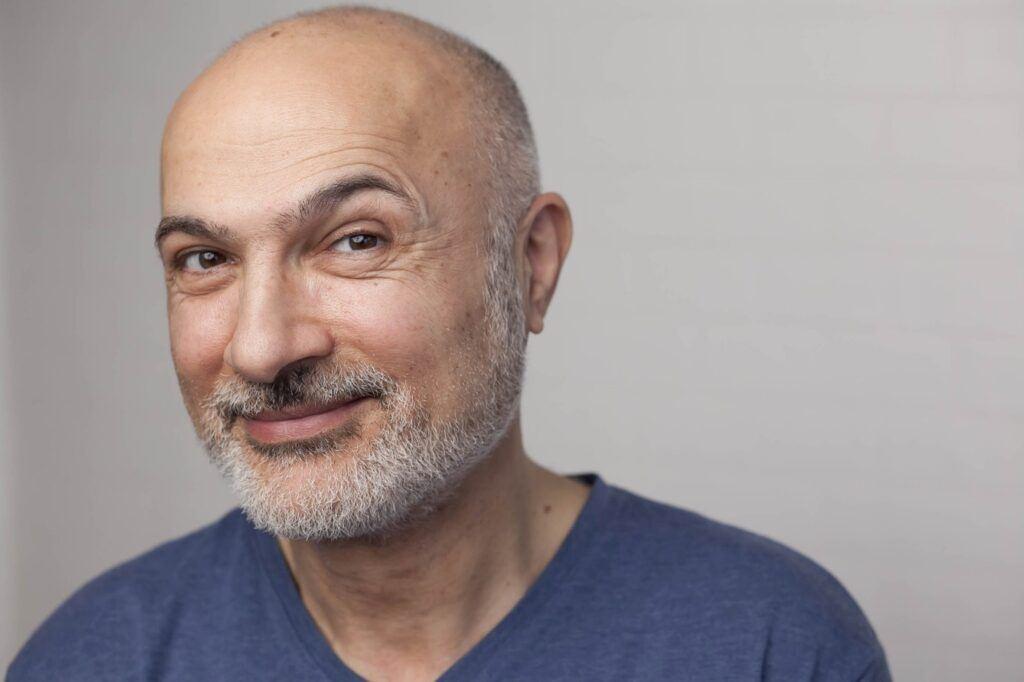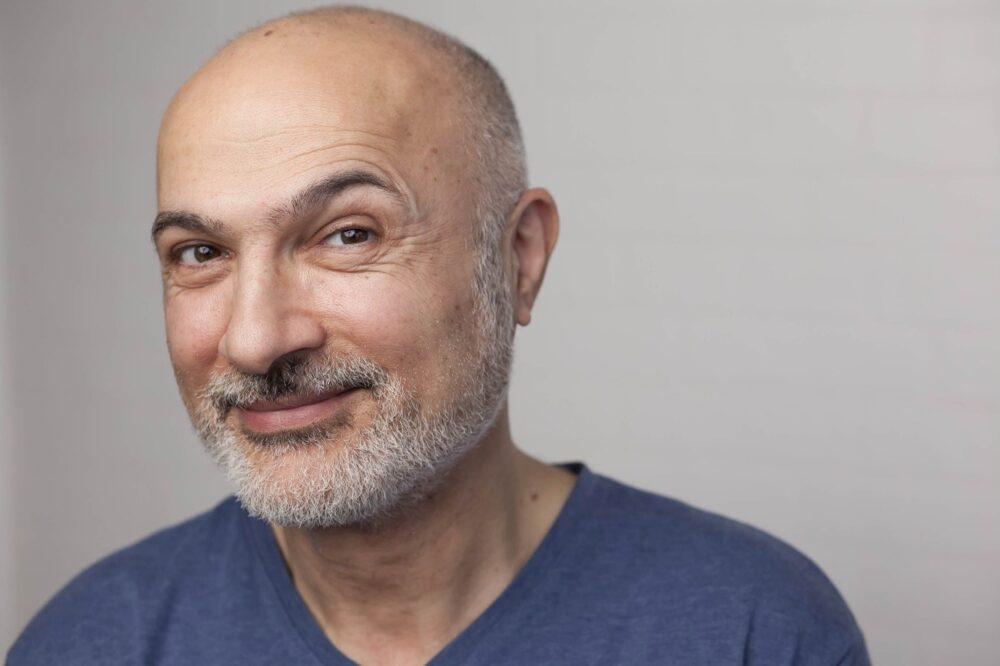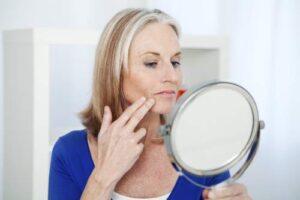
Introduction:
The field of aesthetics has traditionally been associated with female clientele, but times are changing. In recent years, there has been a significant rise in the number of men seeking aesthetic treatments to enhance their appearance and boost their self-confidence. The UK is no exception, with male clients increasingly recognising the benefits of aesthetic procedures. In this blog, we will explore the growing trend of male clients in aesthetics in the UK and the importance of providing tailored treatments to meet their specific needs.
Understanding the Shift:
The evolving cultural landscape and changing perceptions of beauty and self-care have contributed to the surge in male clients seeking aesthetic treatments. Men now feel more comfortable and empowered to take control of their appearance, investing in treatments that help them achieve their desired aesthetic goals. Factors such as increased media exposure, changing societal norms, and a growing emphasis on self-presentation have all played a role in this shift.
Tailored Treatments for Male Clients:
When it comes to aesthetics, men have unique anatomical and aesthetic considerations that require tailored treatment approaches. A successful aesthetic practitioner recognises these differences and offers treatments specifically designed to address the needs and desires of male clients. Some of the key considerations in treating male clients include:
Facial Structure and Masculine Features:
Male facial structures and features differ from those of females. Treatments should aim to enhance masculine characteristics while maintaining a natural appearance. For example, when administering dermal fillers, practitioners need to consider the facial bone structure, jawline, and chin to achieve a more chiselled and defined look, rather than pursuing a more feminine contour.
Hair Restoration and Facial Hair Maintenance:
Hair loss and beard grooming are significant concerns for many male clients. Offering treatments such as hair restoration procedures or beard shaping and enhancement can help address these specific concerns and provide male clients with a more youthful and masculine appearance. Techniques like micro needling, platelet-rich plasma (PRP) therapy, or hair transplants can be tailored to meet the unique needs of male hair restoration.
Non-Surgical Body Contouring:
Male clients often seek treatments for body contouring and fat reduction. Procedures such as CoolSculpting or high-intensity focused ultrasound (HIFU) can be used to target specific areas like the abdomen, flanks, or chest, helping men achieve a more sculpted physique. Understanding male body composition and tailoring treatments accordingly will ensure optimal results and client satisfaction.
Skin Care and Anti-Aging:
Maintaining healthy, youthful-looking skin is a priority for both men and women. However, men tend to have thicker skin and are more prone to certain concerns like excessive oiliness, enlarged pores, and deep wrinkles. Tailored skin care routines, chemical peels, and laser treatments can help address these specific concerns and improve skin texture and tone, without compromising the masculine aesthetic.
Effective Communication and Understanding:
Establishing open and effective communication with male clients is key to providing them with the best possible treatment experience. Understanding their goals, concerns, and expectations helps create a trusting relationship and ensures that the treatments are tailored to their needs. Encouraging open dialogue allows practitioners to address any misconceptions or reservations male clients may have about aesthetic treatments.
Conclusion:
The growing trend of male clients seeking aesthetic treatments in the UK highlights the evolving perceptions of beauty and self-care. Aesthetic practitioners in the UK must adapt their approaches to cater to the specific needs and desires of male clients. By understanding the unique anatomical considerations, offering tailored treatments, and fostering effective communication, aesthetic professionals can provide male clients with transformative experiences and help them achieve their desired aesthetic goals. Embracing this shift and catering to the increasing demand from male clients will undoubtedly contribute to the continued growth and success of the aesthetics industry in the UK





